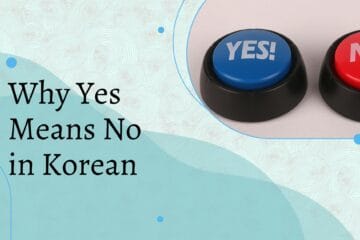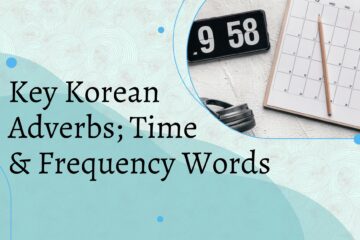Why Yes Means No in Korean
In Korean, sometimes yes means no? Korea has a little quirk different from English when it comes to answering questions. The basics of it is that in Korean you answer the statement and not the intention- I’ll break it down now!









